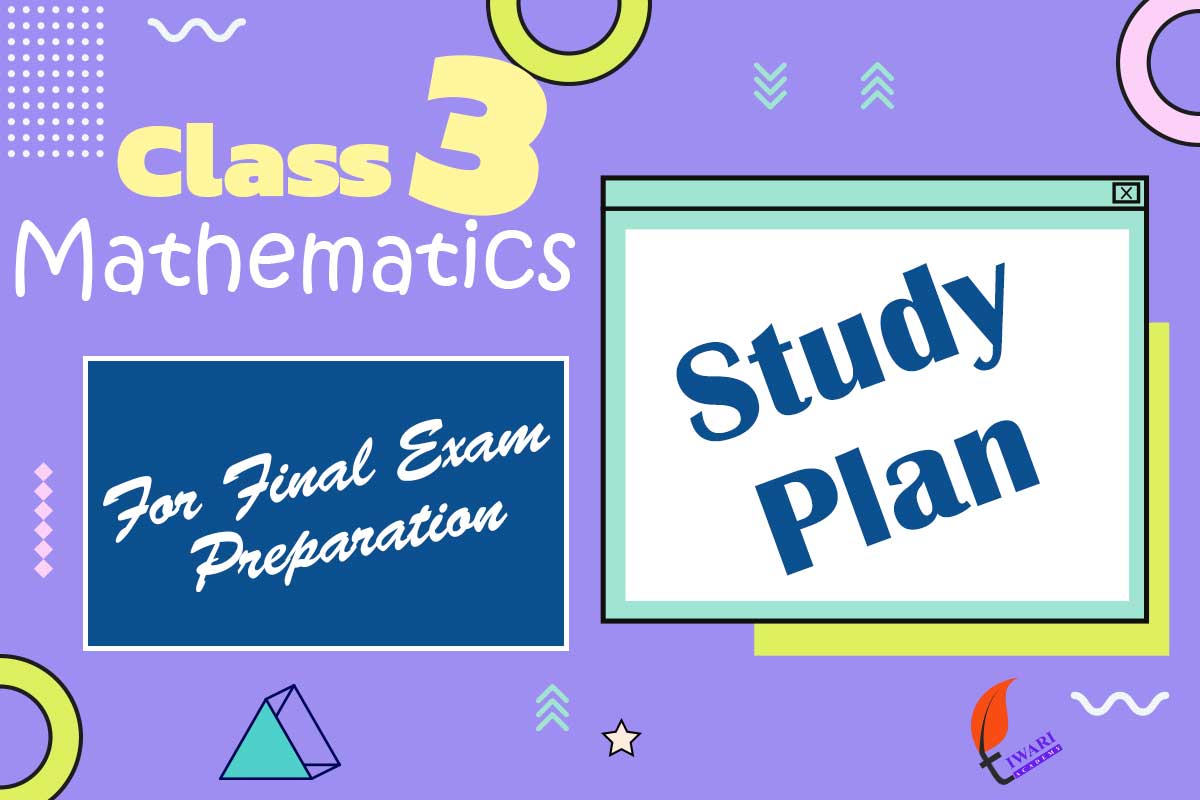Effective Study Plan for Class 3 Maths: Creating an effective study plan for Class 3 Maths is essential to build a strong foundation in mathematics. A well-organized daily timetable for Class 3 ensures balanced learning and keeps students motivated. The plan should include time slots for practicing NCERT Maths exercises and solving problems from each topic in the Maths syllabus Class 3. Incorporate a weekly timetable for students with specific time for revisions and tests to track progress. Time management tips for kids play a key role in maintaining consistency. Additionally, a Maths revision schedule Class 3 can help children revisit concepts regularly, ensuring they are fully prepared for exams.

